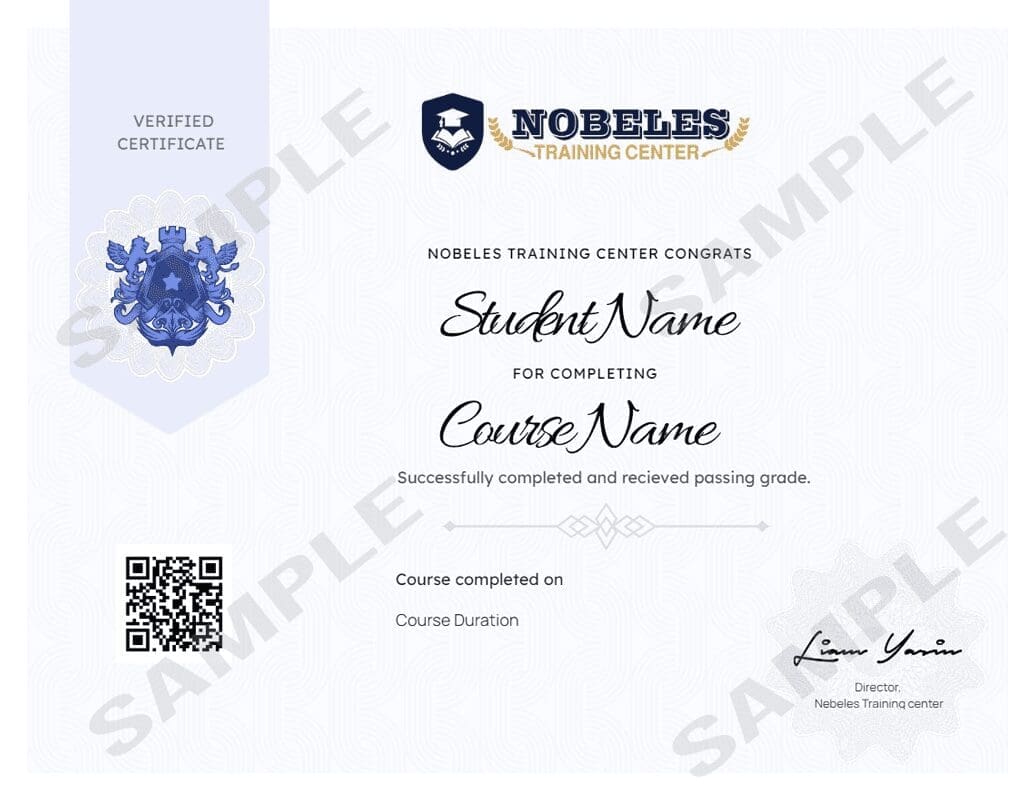Welcome to the Creativity: Thinking Outside the Box workshop. Creativity allows individuals to view every aspect on earth, explore new paths, as well as find new discoveries that help to advance our consistently thriving world of business. Without creativity, we would only see what is visible to the eye. To evolve as a business, it is critical to look beyond what is visible and consider new ideas. When creativity is incorporated into daily workplace practices there is a strong increase in the opportunities for growth, engagement, and productivity. Â Creativity and innovation will turn ideas and dreams into reality.
This course will provide you with informative tools and practical strategies that will help shape a creative workplace. Creativity plays a big role in building a positive work environment, one in which employees will feel confident in expressing their ideas. Be mindful that there is creativity in all of us. When this creativity emerges, powerful opportunities and advancements will happen.
Curriculum
- 11 Sections
- 0 Lessons
- 10 Hours
- Breaking Down CreativityBreaking down creativity involves understanding its components, such as divergent thinking, inspiration, and risk-taking. Analyzing these elements fosters innovative thinking, enabling individuals to generate unique ideas and solutions in various contexts.0
- Creating Business SuccessCreating business success requires fostering a culture of innovation, embracing strategic thinking, and leveraging creativity. By encouraging collaboration and adaptability, businesses can generate unique solutions that meet market demands and drive growth.0
- The Creative ProcessThe creative process involves stages such as preparation, incubation, illumination, and verification. This cycle encourages exploration, idea generation, refinement, and implementation, enabling individuals and teams to develop innovative solutions and creative outcomes.0
- Creativity vs. InnovationCreativity refers to the generation of new ideas and concepts, while innovation involves applying those creative ideas to develop practical solutions or products. Both are essential for driving progress and achieving business success.0
- Fostering a Creative WorkplaceFostering a creative workplace involves encouraging open communication, providing resources for experimentation, and cultivating a supportive environment. Implementing flexible workspaces, recognizing contributions, and promoting collaboration can enhance creativity and innovation among team members.0
- BrainstormingBrainstorming is a collaborative idea generation technique where participants freely share thoughts and suggestions without judgment. This process encourages creativity, stimulates diverse perspectives, and helps uncover innovative solutions to challenges or opportunities.0
- The Creative TeamThe creative team is a group of individuals with diverse skills and perspectives, working collaboratively to generate innovative ideas and solutions. Effective communication, trust, and a supportive environment enhance their creativity and overall performance.0
- Creativity MythsCreativity myths often include beliefs that creativity is an innate talent, only for artists, or that it thrives solely in chaotic environments. In reality, creativity can be developed, nurtured, and fostered through practice, structure, and collaboration.0
- Recognizing ObstaclesRecognizing obstacles involves identifying barriers that hinder creativity and innovation, such as fear of failure, rigid thinking, or lack of resources. Acknowledging these challenges enables individuals and teams to develop strategies to overcome them and foster a more creative environment.0
- Finding Your Creative MindFinding your creative mind involves exploring your interests, engaging in new experiences, and allowing time for reflection. Techniques like journaling, brainstorming, and experimenting with different forms of expression can help unlock your creativity and inspire fresh ideas.0
- Post TestPost Test0
Nobles Certificate
Nobeles Academy
Mobile Application
Courses you might be interested in
-
1 Lesson
-
0 Lessons
-
0 Lessons
-
0 Lessons






